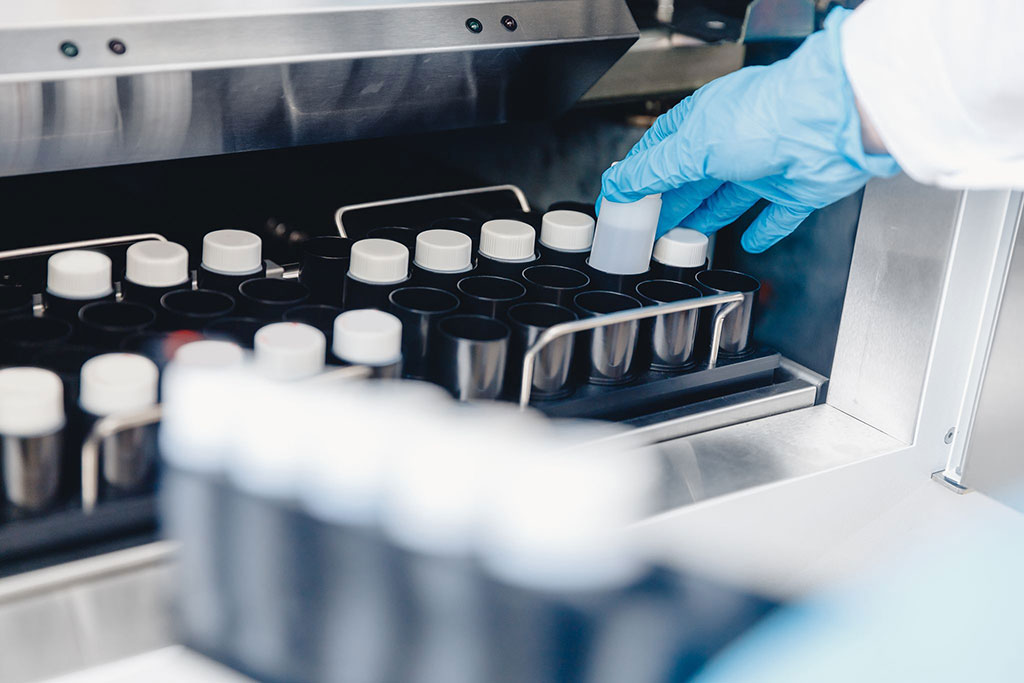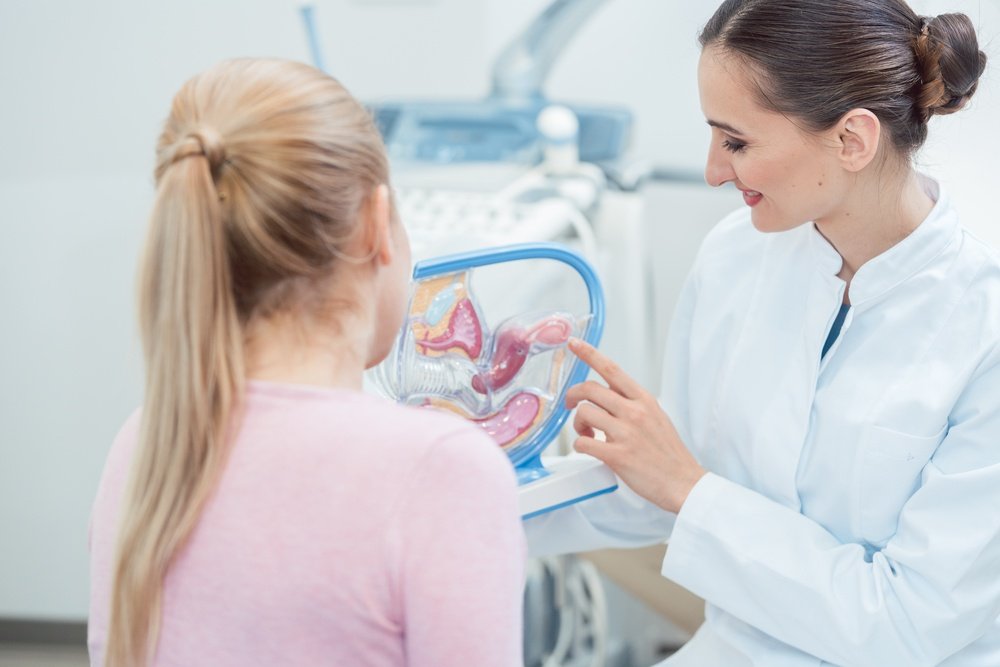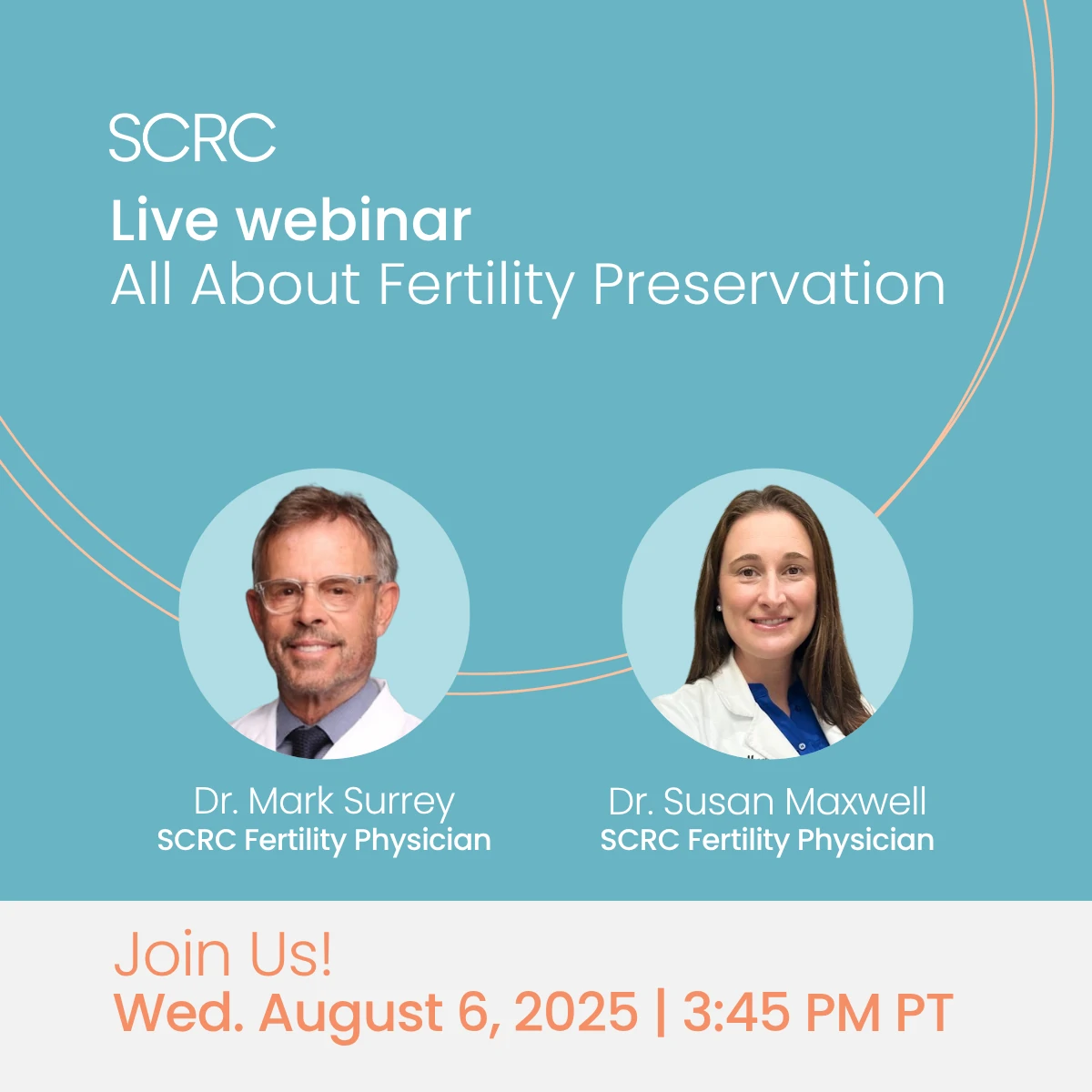Class I Ovulatory Disorders
Class I ovulatory disorders involve women with low levels of pituitary hormones and estrogen. These women will probably respond well to medications that are injectable forms of pituitary hormones.
Class II Ovulatory Disorders
Class II disorders are experienced by women who have normal levels of pituitary hormones and estrogen, but fail to ovulate.
This category includes women with polycystic ovary syndrome (PCOS). These patients are candidates for ovarian stimulation with clomiphene citrate (Clomid®). If patients fail to conceive after three or four ovulatory cycles on Clomid®, however, they will be counseled regarding whether to proceed to a more aggressive treatment.


Class III Ovulatory Disorders
Class III disorders include women with high levels of pituitary hormones due to waning ovarian function. This category includes older women in perimenopause and women with premature ovarian failure. These patients have the poorest prognosis for conceiving using their own oocytes, and are counseled on the use of egg donation as an alternative with high pregnancy rates.
Class IV Ovulatory Disorders
Class IV disorders involve women with high levels of prolactin (the milk secretion hormone), resulting in low estrogen and pituitary hormone levels. These patients tend to respond very favorably to medications that lower prolactin secretion.
Inducing Ovulation
The most commonly used ovulation induction agents are Clomid® (clomiphene citrate) and gonadotropins.
Clomid® is an orally active agent taken in pill form. It stimulates the brain to increase levels of pituitary hormones, which in turn mildly stimulate the ovaries to recruit and ovulate follicles. Clomid® treatment usually begins at the start of the menstrual cycle, with the patient taking five days of pills. With Clomid® use by appropriate patients, approximately 70 percent ovulate and up to 40 percent may conceive within the first four cycles. The patient should ideally undergo no more than four failed Clomid® cycles before proceeding with an alternative agent.
Gonadotropins are medications that mimic the hormones normally secreted by the pituitary gland. Gonadotropins are administered by injection. Because gonadotropins have the potential for greater stimulation in the patient, the ovarian response is monitored closely to determine the degree of stimulation, the size of the developing follicles, and the best time to stimulate ovulation. Gonadotropins can be used in conjunction with intrauterine insemination (IUI), or as part of the in vitro fertilization (IVF) procedure at our infertility facilities.
Cycle Monitoring and Stimulation
At the core of all assisted reproductive procedures is the monitoring and stimulation of the ovulation cycle. This is accompanied by close monitoring with blood tests and ultrasound. Blood hormone levels and the size of the ovarian follicles are used to track response to medications and to help your SCRC physician predict when ovulation is most likely to occur. Stimulation of ovulation is typically accomplished with an oral medication such as Clomid®, or with injectable gonadotropins. In order to support the second half of a cycle, progesterone is typically administered to ensure normal levels of this naturally occurring hormone and to ensure that the uterus will be properly prepared for a fertilized egg.
Ultrasound Tracking of Ovulation
Ultrasound testing is a highly reliable and safe method of tracking ovulation. A vaginal ultrasound is performed at specific stages of an ovulation cycle and will give an accurate count and measurement of follicles and eggs as they are developing in the ovaries. This allows for very accurate timing for natural intercourse or artificial insemination, such as the IVF procedure, to ensure the highest rate of success. The ultrasound procedure is very safe and creates virtually no discomfort. It involves the insertion of a small transducer into the vagina.
Intrauterine Insemination ( IUI)
Intrauterine insemination (IUI) is a type of artificial insemination we offer at our facilities. It is the most common type of artificial insemination. When most people think of “artificial insemination,” what they’re thinking of is actually the IUI procedure. IUI is most often prescribed in cases where couples have unsuccessfully attempted to have a baby for at least one year, and, after a thorough consultation, examination, and diagnosis, other causes for their infertility have been ruled out. In IUI, semen is washed of its seminal plasma and injected directly into the uterus.
Start Your Journey Today
To help you get started, here is an overview of the many types of fertility treatments available to meet your medical needs. Should you have any questions, please do not hesitate to set up an appointment for a consultation.


